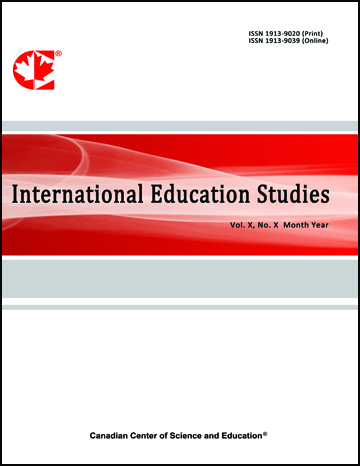Scientometric Analysis of Technology-Enhanced Learning Research
- Kitsadaporn Jantakun
- Thiti Jantakun
- Thada Jantakoon
Abstract
This study presents a comprehensive scientometric analysis of Technology-Enhanced Learning (TEL) research from 2020 to 2024, examining publication trends, influential institutions and researchers, research themes, citation patterns, and geographical distribution. The analysis of 3,276 articles from the Lens database reveals a consistent growth in TEL publications, with journal articles dominating the landscape. The University of Melbourne, Auckland University of Technology, and the University of Hong Kong have emerged as leading institutions in TEL research. Notable researchers such as Hiroaki Ogata and Brett Bligh have made significant contributions to the field. The International Journal of Technology is a primary dissemination platform for TEL research. The thematic analysis identifies simulation, virtual reality, and e-learning as central topics, with an emerging interest in gamification and educational robotics. The study highlights the interdisciplinary nature of TEL, spanning computer science, psychology, and mathematics education. Citation network analysis reveals influential works, particularly Chrysi Rapanta’s 2020 study, which has shaped subsequent research trajectories. Geographically, research activity is concentrated in North America, Europe, and Asia, with potential for growth in Africa and South America. A positive trend towards open-access publications suggests increasing accessibility of TEL research. This scientometric analysis provides valuable insights into the current state and future directions of TEL research, emphasizing the need for cross-institutional collaboration and addressing global educational challenges through technological innovation balanced with sound pedagogical principles.
- Full Text:
 PDF
PDF
- DOI:10.5539/ies.v18n4p51
Journal Metrics
h-index : 62
i10-index: 604
Index
- Academic Journals Database
- AcademicKeys
- ACNP
- ANVUR (Italian National Agency for the Evaluation of Universities and Research Institutes)
- BASE (Bielefeld Academic Search Engine)
- Berkeley Library
- CiteFactor
- CNKI Scholar
- COPAC
- Copyright Clearance Center
- CrossRef
- DESY Publication Database
- DTU Library
- EBSCOhost
- Education Resources Information Center (ERIC)
- Educational Research Abstracts
- Electronic Journals Library
- Elektronische Zeitschriftenbibliothek (EZB)
- Excellence in Research for Australia (ERA)
- Genamics JournalSeek
- GETIT@YALE (Yale University Library)
- Ghent University Library
- Harvard Library
- Jisc Library Hub Discover
- JournalGuide
- JournalTOCs
- LOCKSS
- LSE Library
- MIAR
- Microsoft Academic
- Mir@bel
- NewJour
- Norwegian Centre for Research Data (NSD)
- OAJI
- Open J-Gate
- PKP Open Archives Harvester
- Polska Bibliografia Naukowa
- Publons
- Qualis/CAPES
- ResearchGate
- ROAD
- Scilit
- SHERPA/RoMEO
- SOBIAD
- Southwest-German Union Catalogue
- Standard Periodical Directory
- Stanford Libraries
- Technische Informationsbibliothek (TIB)
- The Keepers Registry
- UCR Library
- Ulrich's
- UniCat
- Universe Digital Library
- UoS Library
- USask Library
- VOCEDplus
- WorldCat
Contact
- Chris LeeEditorial Assistant
- ies@ccsenet.org
